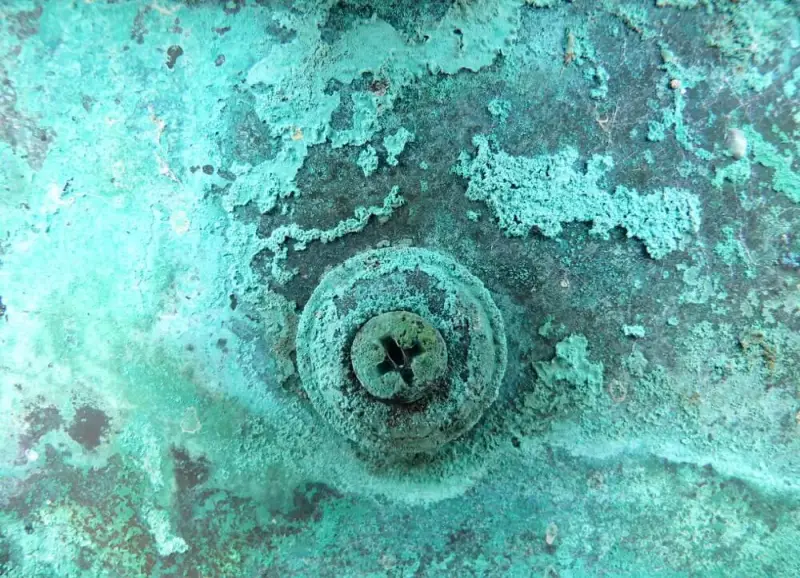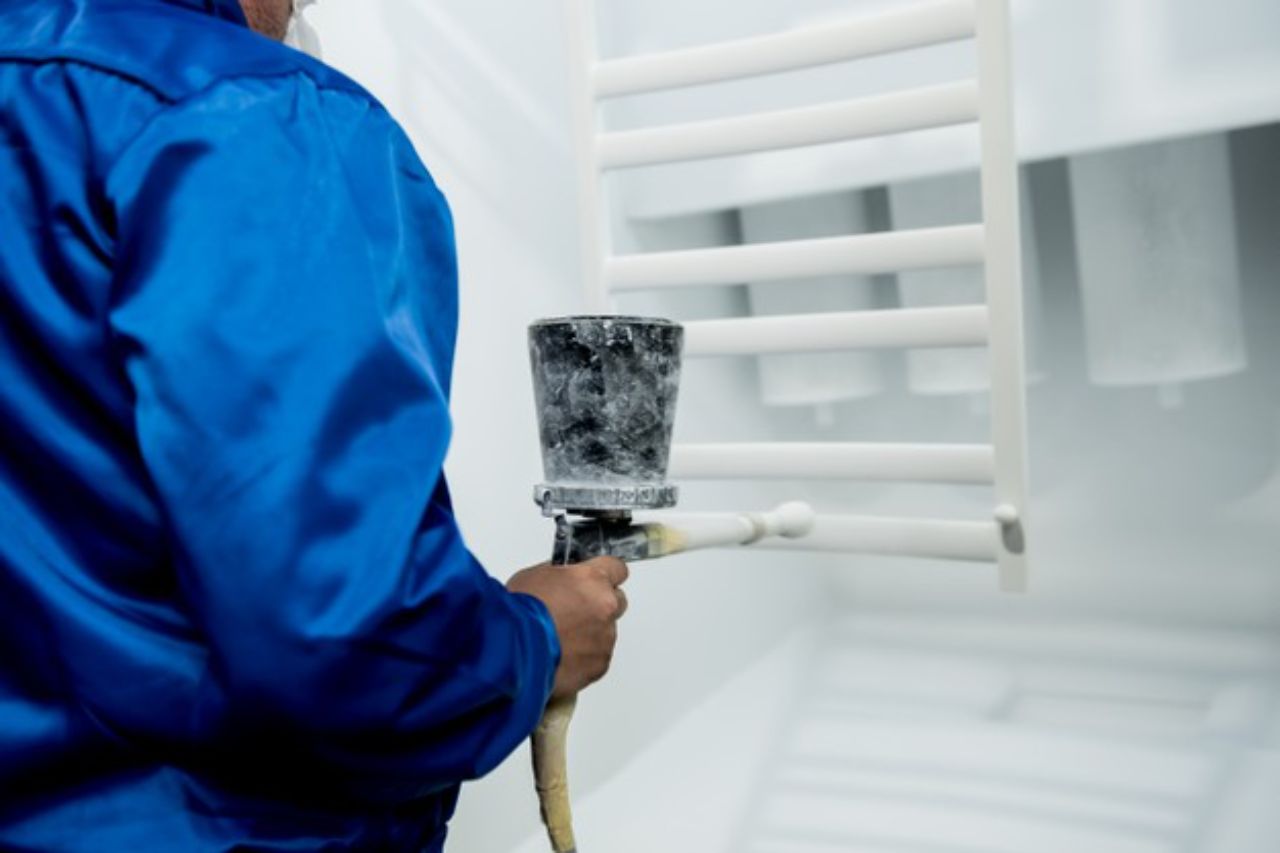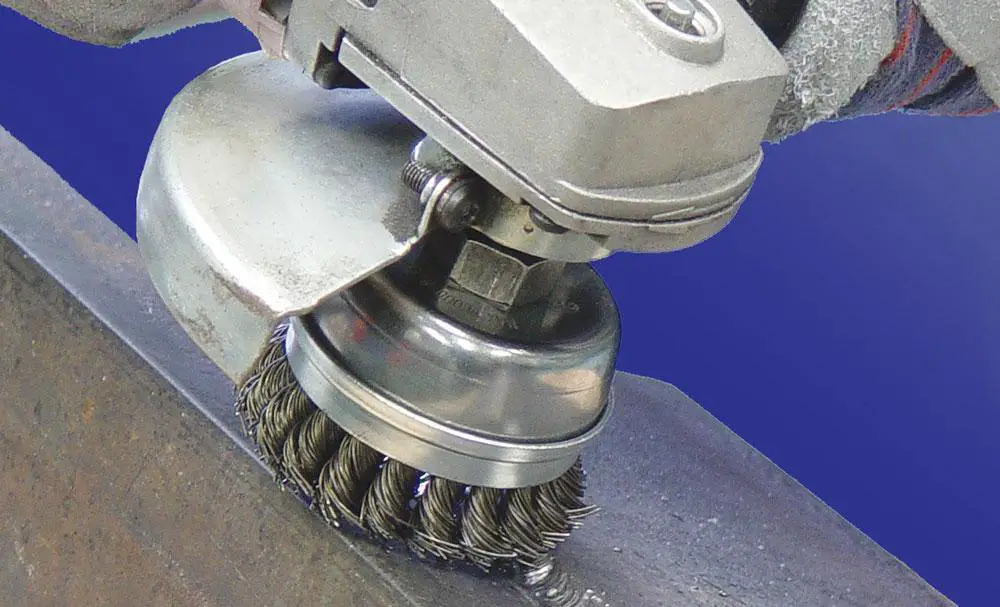Copper is a popular metal that has been used for thousands of years for various applications, including coins, jewelry, and household items. Despite its widespread use, many people still wonder if copper can rust. The simple answer is no, copper does not rust.
Rust is a reddish-brown oxide formed by the reaction of iron with moisture and oxygen, a process known as oxidation. In contrast, copper reacts differently with the environment and forms a greenish-blue patina on its surface, which is known as patination. This patina is a protective layer that helps prevent further oxidation and corrosion of the metal.
Additionally, copper has natural antimicrobial properties, making it resistant to bacteria, fungi, and other microorganisms. This property makes copper a popular choice for applications in the medical field, where the need for a hygienic surface is important.
In conclusion, copper does not rust, but instead forms a protective patina on its surface. Its resistance to corrosion and antimicrobial properties make it a popular choice for various applications.
Does Copper Rust
Rust is an oxide formed by the reaction of iron with moisture and oxygen. It’s a reddish-brown color and it can weaken the metal and make it less durable. But here’s the exciting part – copper doesn’t rust! Copper is a different type of metal with a different chemical composition, and it reacts differently with the environment.
Instead of rusting, copper forms a greenish-blue patina on its surface, which is known as patination. This patina is a protective layer that helps prevent further oxidation and corrosion of the metal. And let me tell you, copper is a pretty tough metal! It’s resistant to many environmental factors that can cause other metals to corrode. This makes copper a great choice for products that need to be durable and long-lasting.
In fact, copper has natural antimicrobial properties, which makes it resistant to bacteria, fungi, and other microorganisms. This property is particularly useful in the medical field, where a hygienic surface is important. Copper is used in a variety of medical products, such as hospital beds, doorknobs, and even surgical instruments. It’s amazing to think about how copper helps keep us safe and healthy!
Comparison table between rust formation and copper
To further understand why copper does not rust, it’s helpful to compare the key ingredients involved in the rust formation process and how they differ from the ingredients present in copper.
| Rust Formation | Copper |
|---|---|
| Key Element: Iron | Key Element: Copper |
| Reaction with: Oxygen and Moisture | Reaction with: Oxygen and Carbon Dioxide |
| Result: Reddish-brown oxide (rust) | Result: Greenish-blue patina (patination) |
| Weakens the metal | Protective layer forms and enhances durability |
As you can see, the main difference between rust formation and copper is the key element involved in each process. Iron reacts with oxygen and moisture to form rust, whereas copper reacts with oxygen and carbon dioxide to form a patina. The result of this reaction is a protective layer that enhances the durability of the metal, rather than weakening it like rust formation.
In conclusion, the difference in ingredients and the chemical reaction involved are the main reasons why copper does not rust. Instead, it forms a patina on its surface, which provides a protective layer and enhances its durability.

Table of some common tools and equipment used when working with copper
When working with copper, it’s important to have the right equipment to ensure the best results.
| Equipment | Description |
|---|---|
| Copper Sheets or Rods | Raw material used to create a variety of copper products |
| Cutting Tools | Used to cut copper into the desired shape and size, such as hacksaw, bolt cutters, or metal cutting snips |
| Hammer | Used to shape copper into desired forms |
| Anvil | Used as a base to shape copper on |
| Pliers | Used to grip and manipulate copper |
| Drill | Used to create holes in copper |
| Tumbling Machine | Used to clean and polish copper pieces |
| Sandpaper | Used to smooth and finish copper surfaces |
| Safety Equipment | To protect yourself when working with copper, such as gloves and eye protection |
By having the right equipment, you can work efficiently and effectively with copper. Whether you’re working on a large project or a small one, these tools will help you get the job done and achieve the desired results.

FAQ
Does copper rust or corrode?
Copper does not rust, but it can corrode over time due to environmental factors, such as exposure to moisture and acidic compounds. The corrosion process results in the formation of a greenish-blue patina on the surface of the copper, which can protect the metal from further oxidation.
What is patination in copper?
Patination is the process by which a greenish-blue layer forms on the surface of copper. This process occurs as the copper reacts with oxygen and carbon dioxide in the environment and is a natural form of protection for the metal.
Is patination harmful to copper?
No, patination is not harmful to copper. In fact, it can actually protect the metal from further corrosion and oxidation by forming a protective layer on its surface.
How can I remove the patina from copper?
If you want to remove the patina from copper, you can use a mixture of lemon juice and salt, vinegar, or a commercial copper cleaner. Simply apply the solution to the surface of the copper, let it sit for a few minutes, then rinse it off with water and dry the metal completely.
Can I paint over patinated copper?
Yes, you can paint over patinated copper, but it’s important to clean the surface thoroughly and allow it to dry completely before applying the paint. This will help ensure that the paint adheres properly to the metal.
Is copper a rust-resistant metal?
Yes, copper is a rust-resistant metal. It does not rust like iron, which is prone to rust formation due to its reaction with oxygen and moisture. Instead, copper forms a patina on its surface that helps protect the metal from further oxidation and corrosion.



Leave a Reply